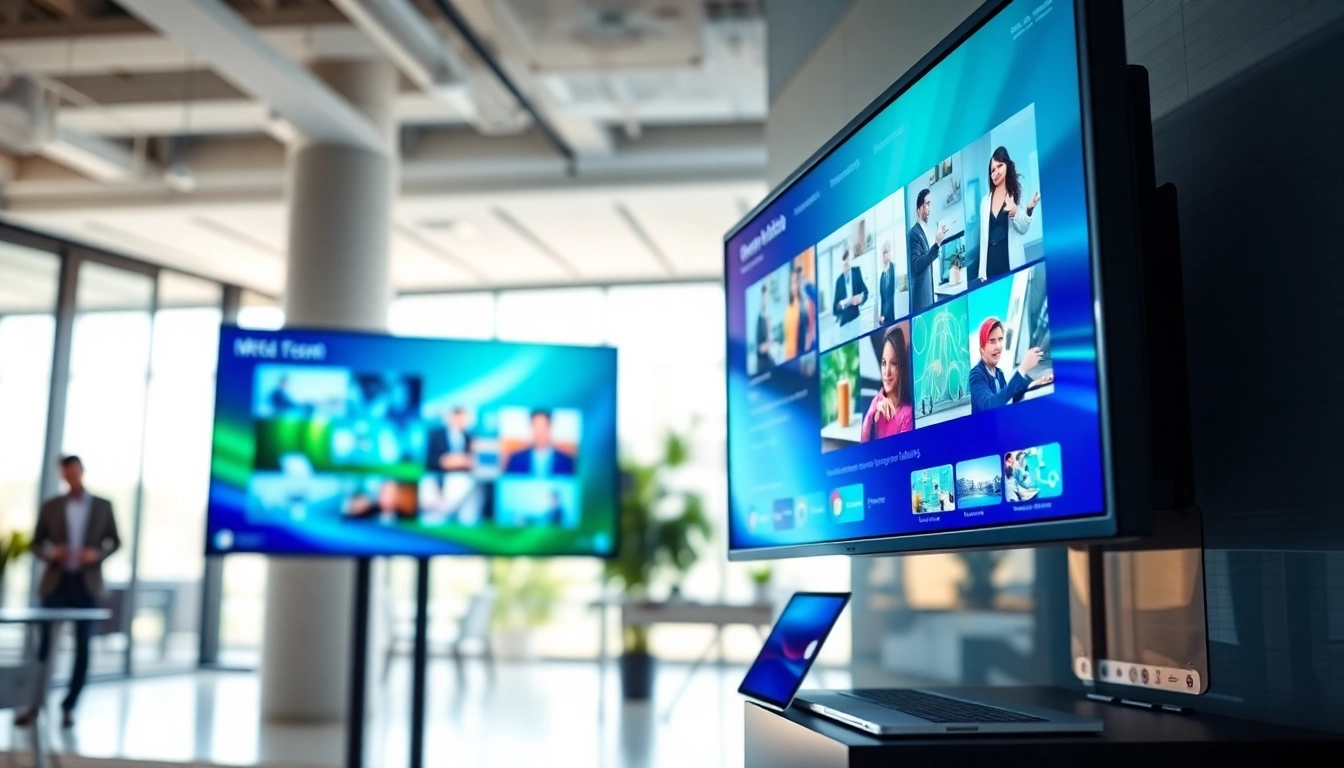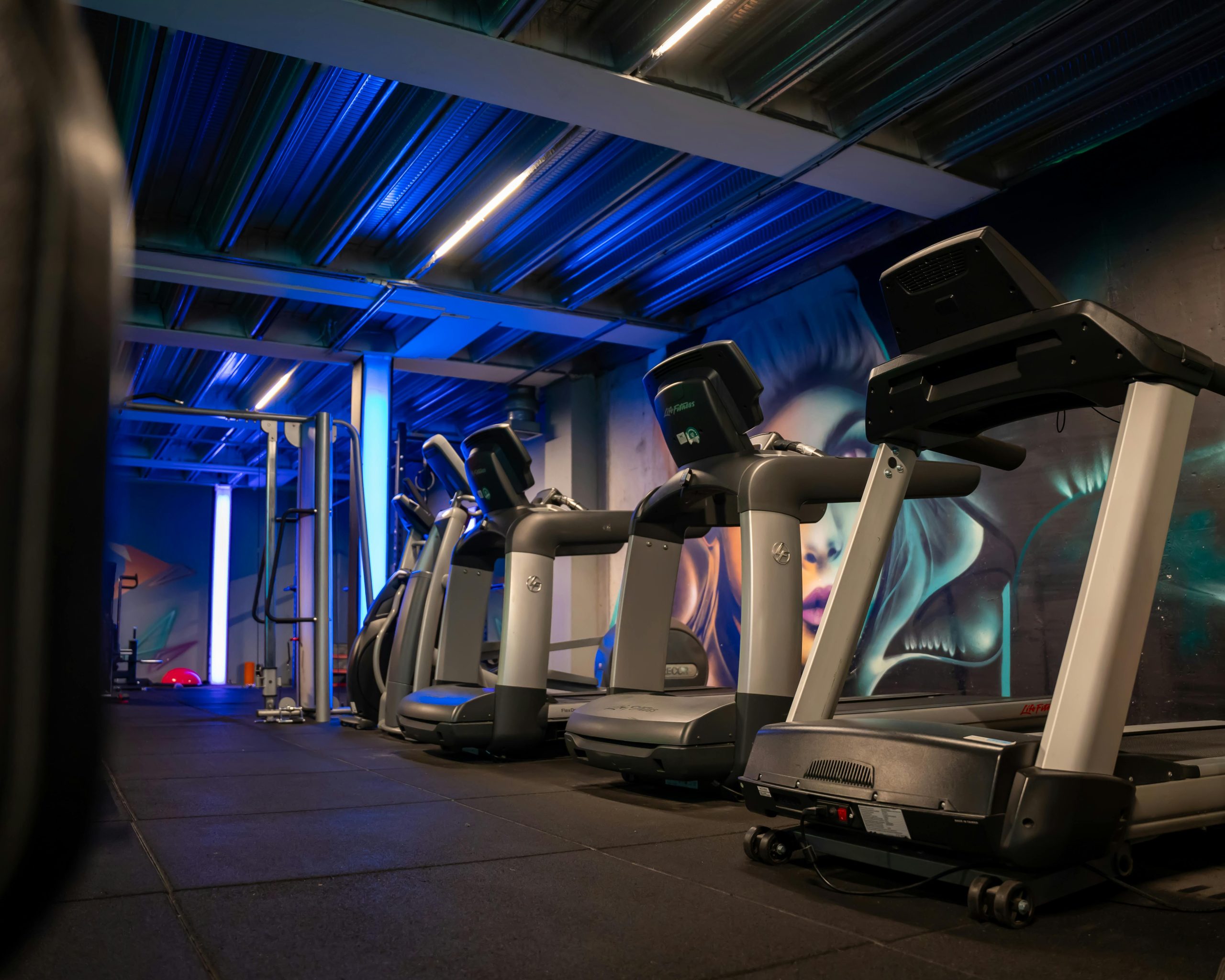Introduction
An Android digital signage player offers businesses an affordable and flexible solution for displaying dynamic content on screens. Whether you’re managing retail promotions, restaurant menus, or corporate communications, setting up an Android digital signage player is quick and easy. With minimal hardware requirements and cloud-based management, you can have a professional digital signage system running in minutes.
An Android digital signage player transforms any standard TV or monitor into a smart display that can showcase videos, images, live data, and interactive content. Unlike traditional media players, these lightweight, low-cost devices can be managed remotely, allowing businesses to update content in real time without needing physical access to each screen. By following a few simple steps, you can deploy an Android digital signage player quickly and efficiently.
Choosing the Right Android Digital Signage Player
Hardware Options
Selecting the right Android digital signage player depends on your specific needs. Budget-friendly options like the Amazon Fire Stick or Chromecast with Google TV can be repurposed as simple signage players for small-scale deployments. However, dedicated devices such as the BrightSign XD or ONsign TV Player offer more robust performance for commercial use.
The advantage of using an Android digital signage player is its versatility—whether you need a single-screen setup or a multi-location network, these devices scale effortlessly. Many Android-based players support 4K resolution, ensuring sharp visuals on large displays. Look for models with reliable Wi-Fi connectivity for easy remote management and content updates.
Software Compatibility
Most Android digital signage players connect seamlessly with cloud-based content management systems (CMS). Platforms like ScreenCloud, Yodeck, and PosterBooking allow you to schedule, edit, and publish content from anywhere. Some CMS providers even offer dedicated Android apps optimized for signage playback, ensuring smooth performance and automatic updates.
Before finalizing your setup, check whether your chosen Android digital signage player integrates with third-party apps like social media feeds, weather widgets, or POS systems. This expands functionality and helps create more engaging content without additional hardware.
Step-by-Step Setup Guide
Step 1: Connect Your Android Digital Signage Player
Begin by plugging your Android digital signage player into an available HDMI port on your display. Use a stable power source—either a wall adapter or a USB port (if supported). Once powered on, complete the initial setup process, connecting to Wi-Fi and signing into your Google account if required.
For dedicated digital signage players, the setup may be even simpler, as they often boot directly into signage mode without needing additional configuration. Some enterprise-grade Android digital signage players even allow for remote provisioning, drastically reducing installation time across multiple locations.
Step 2: Install Your Digital Signage App
Most Android digital signage players rely on a dedicated CMS app to display and manage content. Download your preferred digital signage software from the Google Play Store or sideload the APK if you’re using a restricted Android version (such as those found on Fire TV devices).
Popular options include:
- Screenly (for dynamic content scheduling)
- NovoDS (for ease of use)
- Android Signage Player (for offline playback)
Once installed, activate the app using your CMS credentials, ensuring it’s registered to your account for remote management.
Step 3: Configure Content Playback
After authenticating your Android digital signage player with the CMS, upload and organize your content. Cloud-based platforms typically offer drag-and-drop editors, making it simple to arrange playlists, videos, images, and live feeds. Schedule different content for specific times of day or trigger updates automatically based on external data sources (e.g., inventory changes in retail).
To optimize performance, ensure your media files are properly formatted—use MP4 for videos, JPEG/PNG for images, and HTML5 for interactive widgets. Your Android digital signage player will handle playback smoothly if files are correctly sized for your display resolution.
Step 4: Secure and Automate Playback
An Android digital signage player must run reliably without interruptions. Enable kiosk mode (if available) to prevent accidental app exits and disable sleep mode in Android settings to keep screens always on. Some CMS platforms allow remote troubleshooting, letting IT teams restart or update devices without onsite visits.
For businesses with multiple displays, grouping Android digital signage players into zones simplifies content deployment. Updates pushed to a “Retail Promotions” group, for example, will apply instantly across all relevant screens.
Troubleshooting Common Issues
Playback Errors or Freezes
If your Android digital signage player experiences lag or crashes, check Wi-Fi stability or opt for Ethernet connectivity if possible. Clearing cached data from your signage app and ensuring sufficient storage space can also improve reliability. Low-cost Android players may struggle with high-resolution media, so reduce file sizes if playback stutters.
Remote Management Problems
If updates aren’t reflecting on your Android digital signage player, verify internet connectivity and confirm the device is online in your CMS dashboard. Some Android TV builds (like Fire OS) restrict background processes—adjust power settings or use a dedicated signage OS for uninterrupted functionality.
Expanding Your Digital Signage Network
Multi-Screen Synchronization
Once comfortable managing a single Android digital signage player, expanding to multiple screens is seamless. Many CMS platforms allow cloning configurations—once optimized, duplicate settings across new players with a few clicks. This makes scaling digital signage across chains, franchises, or corporate campuses effortless.
Advanced Features to Explore
Modern Android digital signage players support interactive touchscreen capabilities, QR code integrations, and even AI-powered audience engagement analytics. Experiment with live data feeds, social media walls, or emergency alert systems, transforming passive displays into dynamic communication tools.
Conclusion
Setting up an Android digital signage player takes just minutes but delivers long-term benefits. With affordable hardware, user-friendly CMS software, and remote management capabilities, businesses of all sizes can deploy professional digital signage quickly. Whether boosting retail promotions, streamlining corporate communications, or enhancing customer experiences in hospitality, Android-based signage players provide a reliable and scalable solution—updated in real time from anywhere.
By following this guide, you’ll maximize engagement with minimal effort, ensuring your messages are always fresh, relevant, and attention-grabbing. An Android digital signage player isn’t just a media device—it’s a powerful tool for modern business communication.




